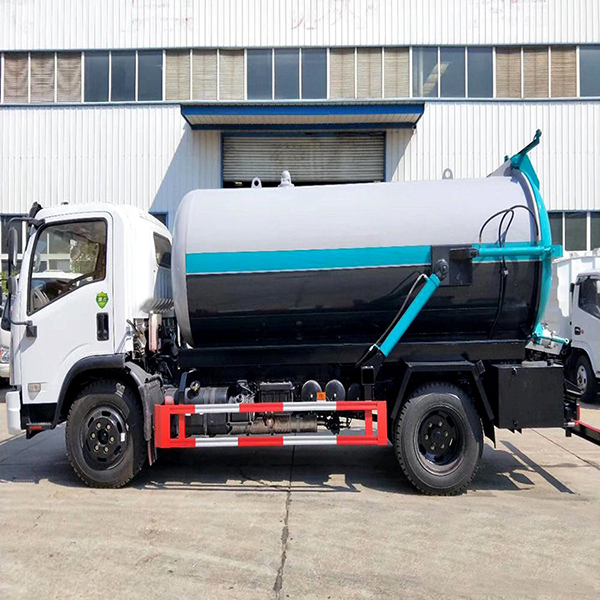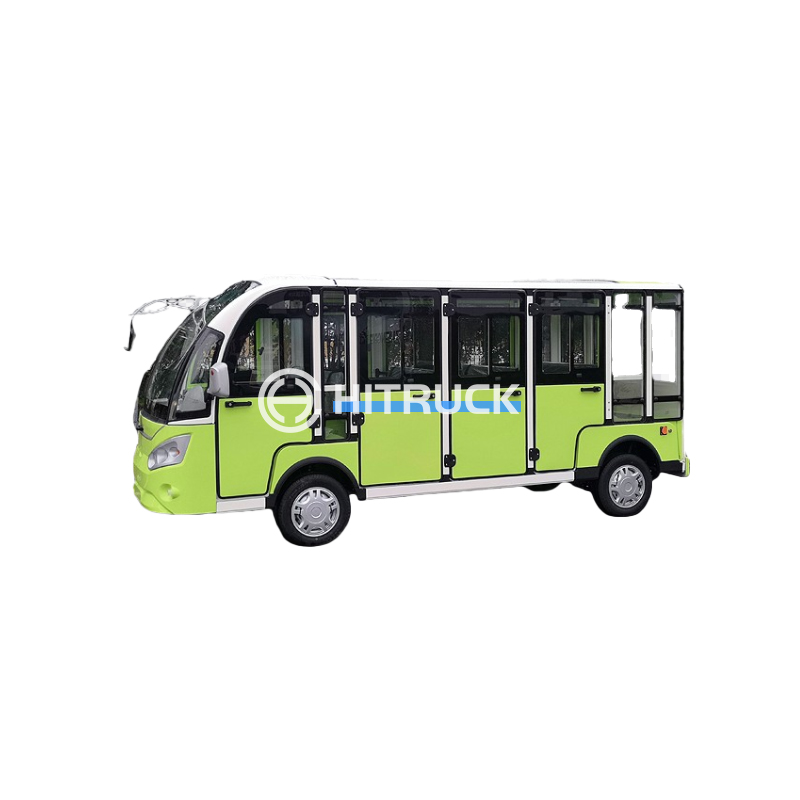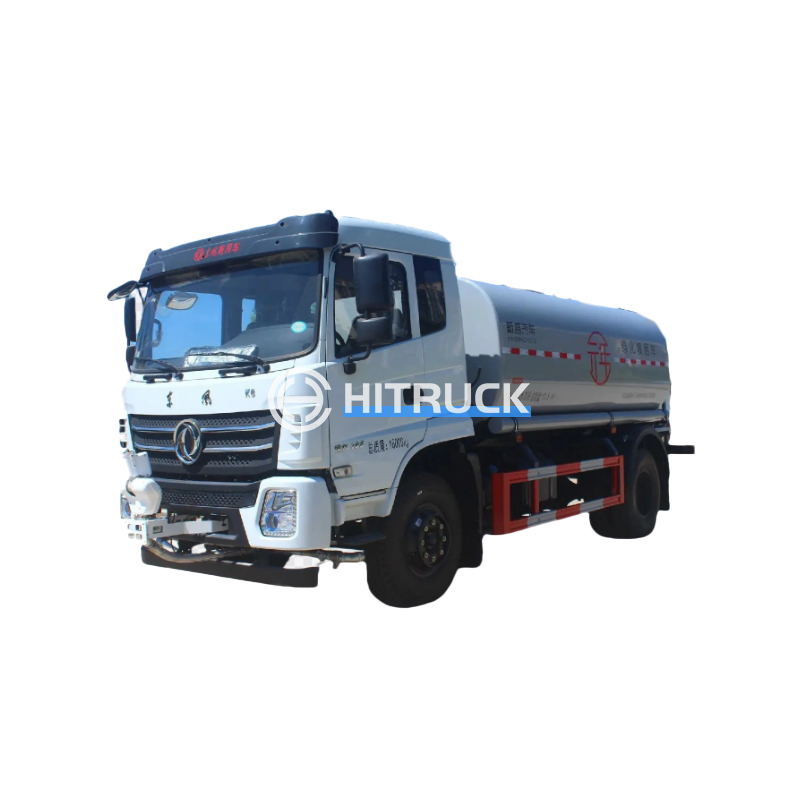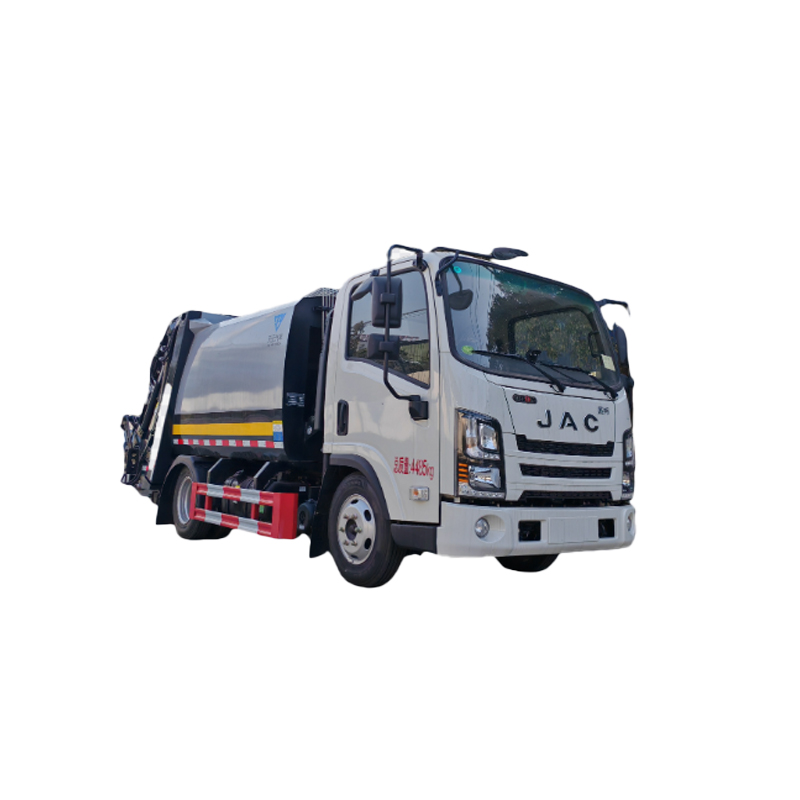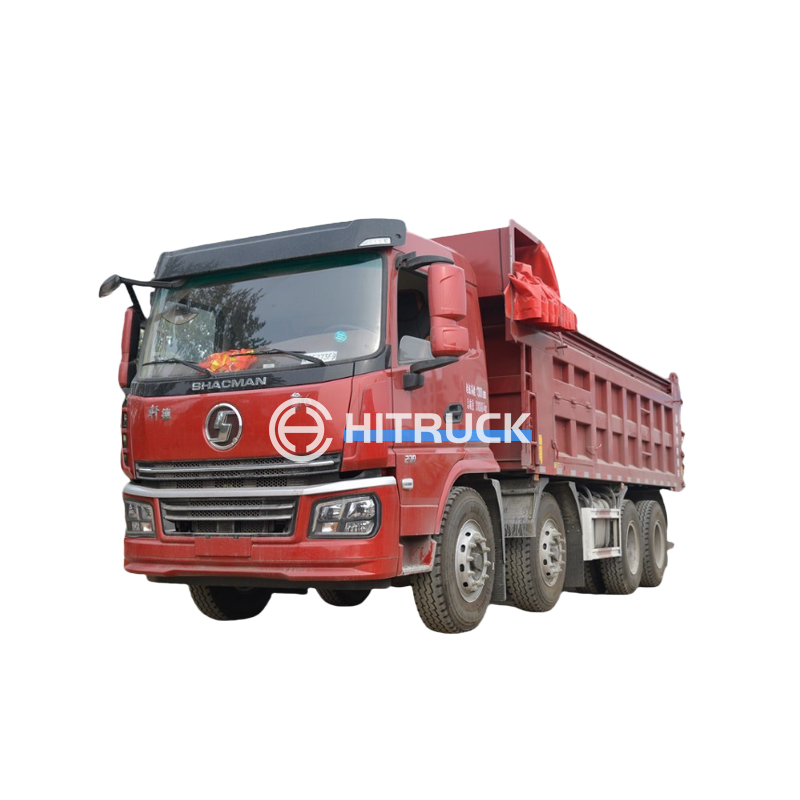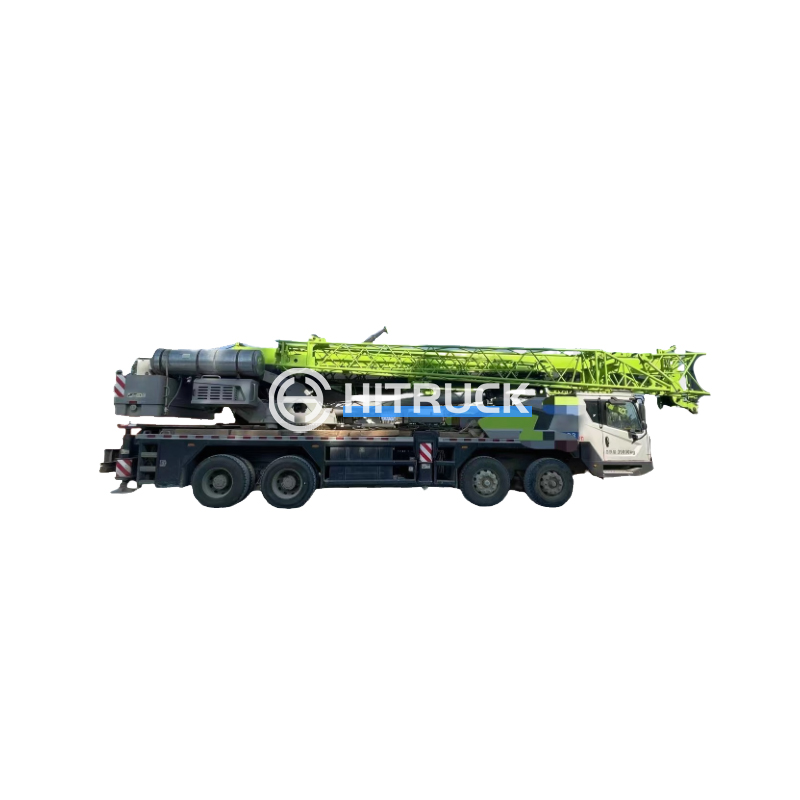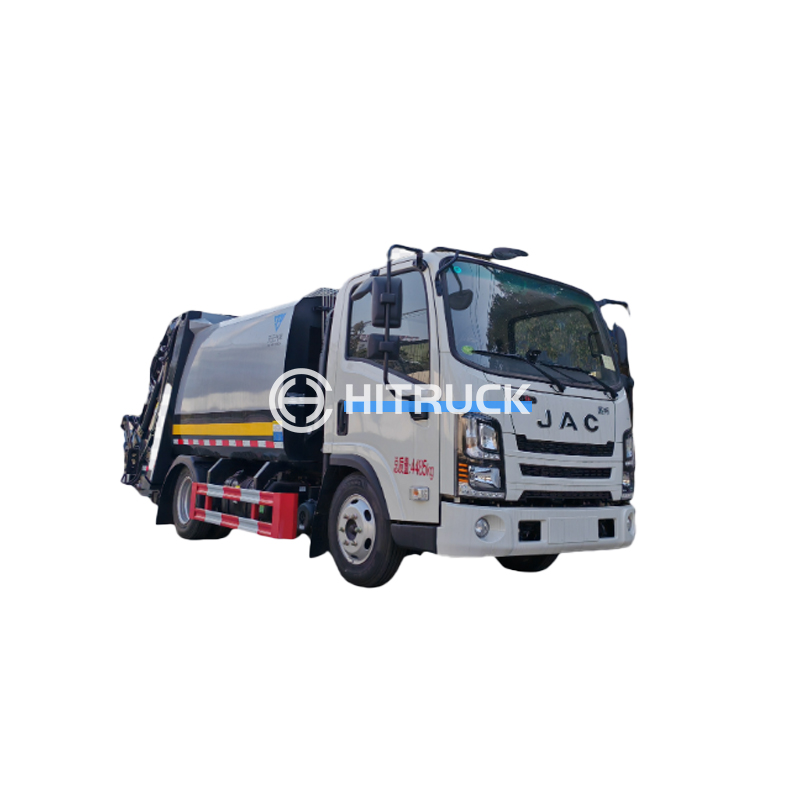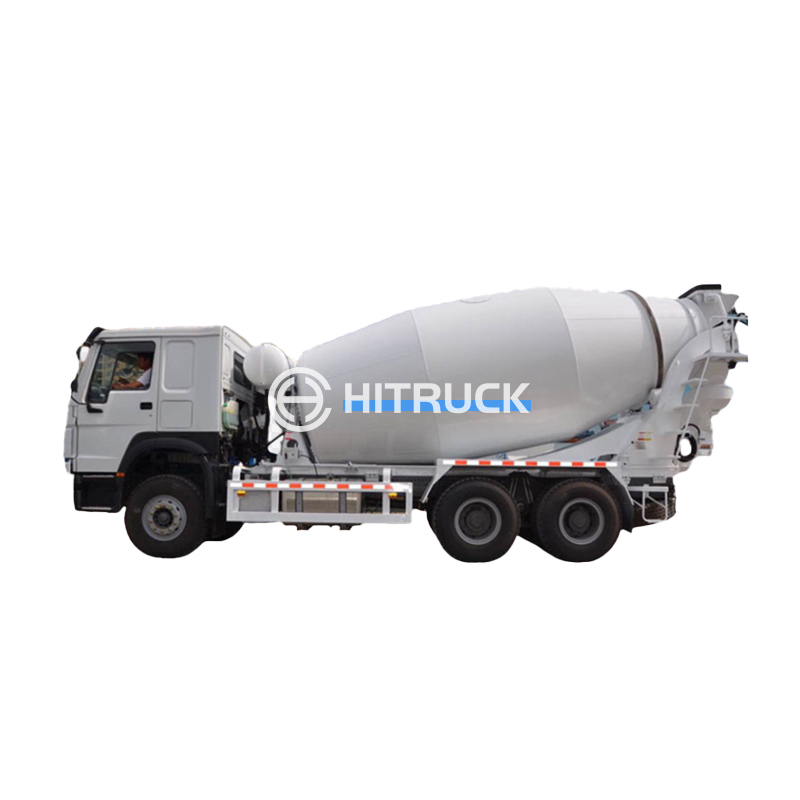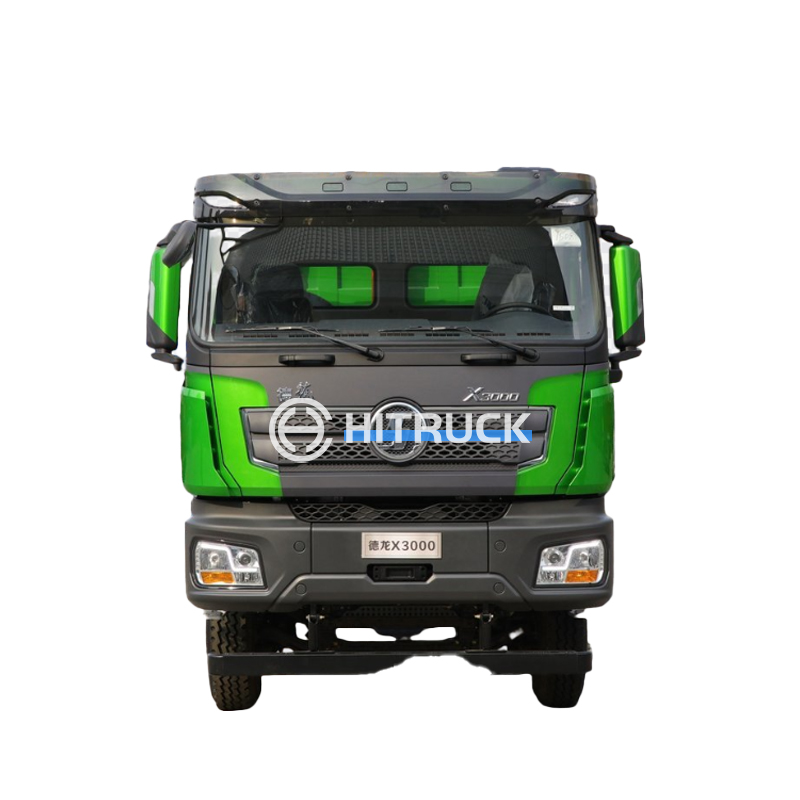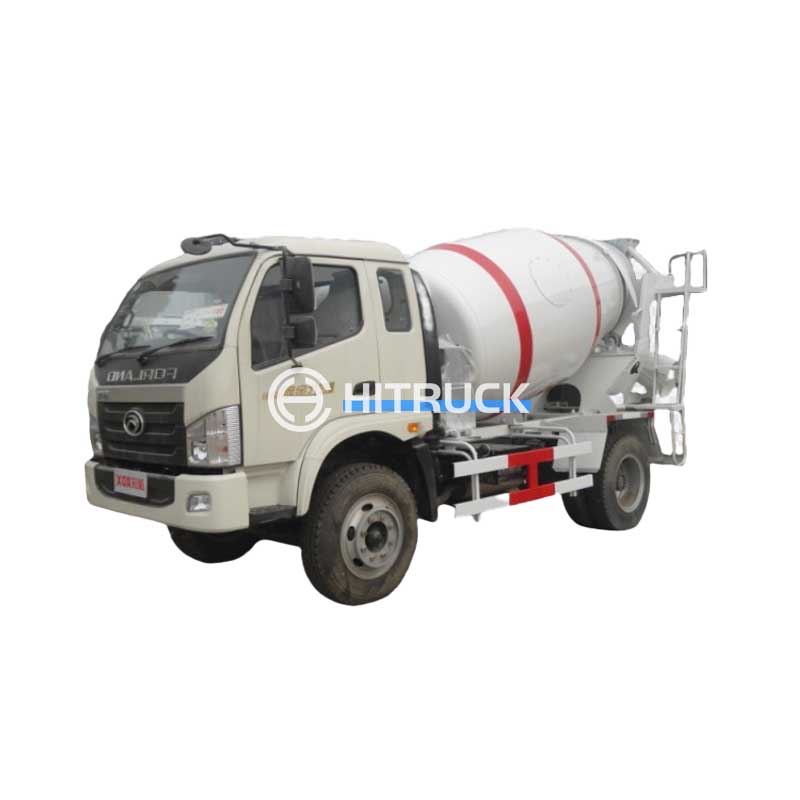This comprehensive guide explores the world of rough terrain cranes, covering their key features, applications, and factors to consider when selecting the appropriate model for your specific needs. We delve into the diverse range of rough terrain cranes available, highlighting their capabilities and limitations to help you make an informed decision. Whether you're a seasoned professional or a newcomer to the field, this guide provides valuable insights to navigate the intricacies of rough terrain crane selection and operation.
A rough terrain crane is a type of mobile crane designed to operate on uneven or unstable terrain. Unlike standard mobile cranes that require stable, level ground, rough terrain cranes are equipped with specialized features, such as large tires and all-wheel drive, enabling them to maneuver across challenging landscapes. These cranes are indispensable in construction, infrastructure projects, and other applications where access to level ground is limited. Their versatility makes them a popular choice for a wide range of lifting tasks.
The most defining feature of a rough terrain crane is its superior mobility. Their robust tires and all-wheel drive systems allow them to navigate rough terrain, including mud, gravel, slopes, and uneven surfaces. This adaptability significantly expands their operational range compared to traditional mobile cranes.
Rough terrain cranes come in various sizes and capacities, catering to diverse lifting needs. Capacity is typically measured in tons and reach in feet. Choosing the right crane depends critically on the weight of the load and the required reach. Always check the crane's specifications to ensure it's adequate for your task. Many manufacturers, such as those found on sites like Suizhou Haicang Automobile sales Co., LTD, offer a wide selection.
The power source of a rough terrain crane, typically a diesel engine, directly impacts its performance. A more powerful engine ensures smooth operation even under heavy loads. Consider the engine's power output and fuel efficiency when making your selection. Factors like engine maintenance and fuel costs should also be factored in.
The outrigger system enhances the crane's stability during lifting operations. It's crucial for safety and ensures the crane remains stable on uneven ground. Different models have varying outrigger configurations, each suited to specific ground conditions. Understanding the outrigger system is critical for safe and efficient operation.
Rough terrain cranes are available in a wide variety of configurations and sizes to suit different needs. They range from smaller, more compact models suitable for confined spaces to larger, heavy-duty cranes capable of lifting substantial loads.
The capacity and boom length are key specifications determining a crane's suitability for specific applications. Smaller cranes excel in tight spaces, while larger cranes are better suited for heavier lifting tasks requiring greater reach. Consult manufacturer specifications to select the appropriate size and capacity.
Different boom types offer various advantages. Telescopic booms offer ease of use and compact storage, while lattice booms provide greater reach and lifting capacity. The choice depends on the specific requirements of the job at hand.
Selecting the right rough terrain crane involves careful consideration of several factors:
| Factor | Considerations |
|---|---|
| Lifting Capacity | Maximum weight to be lifted, considering safety factors. |
| Reach | Horizontal distance required to lift the load. |
| Terrain Conditions | Ground stability, slope, and obstacles. |
| Jobsite Access | Space constraints, gate widths, and potential obstacles. |
| Budget | Purchase or rental costs, operational expenses, and maintenance. |
Safety should always be the top priority when operating a rough terrain crane. Adherence to manufacturer guidelines, proper training, and regular maintenance are essential for safe operation. Always inspect the crane before use, ensure proper load securing techniques, and be mindful of the surrounding environment.
This guide provides a foundation for understanding rough terrain cranes. For specific product information or to explore available models, visiting the websites of reputable manufacturers is recommended. Remember to always prioritize safety and consult with qualified professionals for guidance on complex lifting operations.

